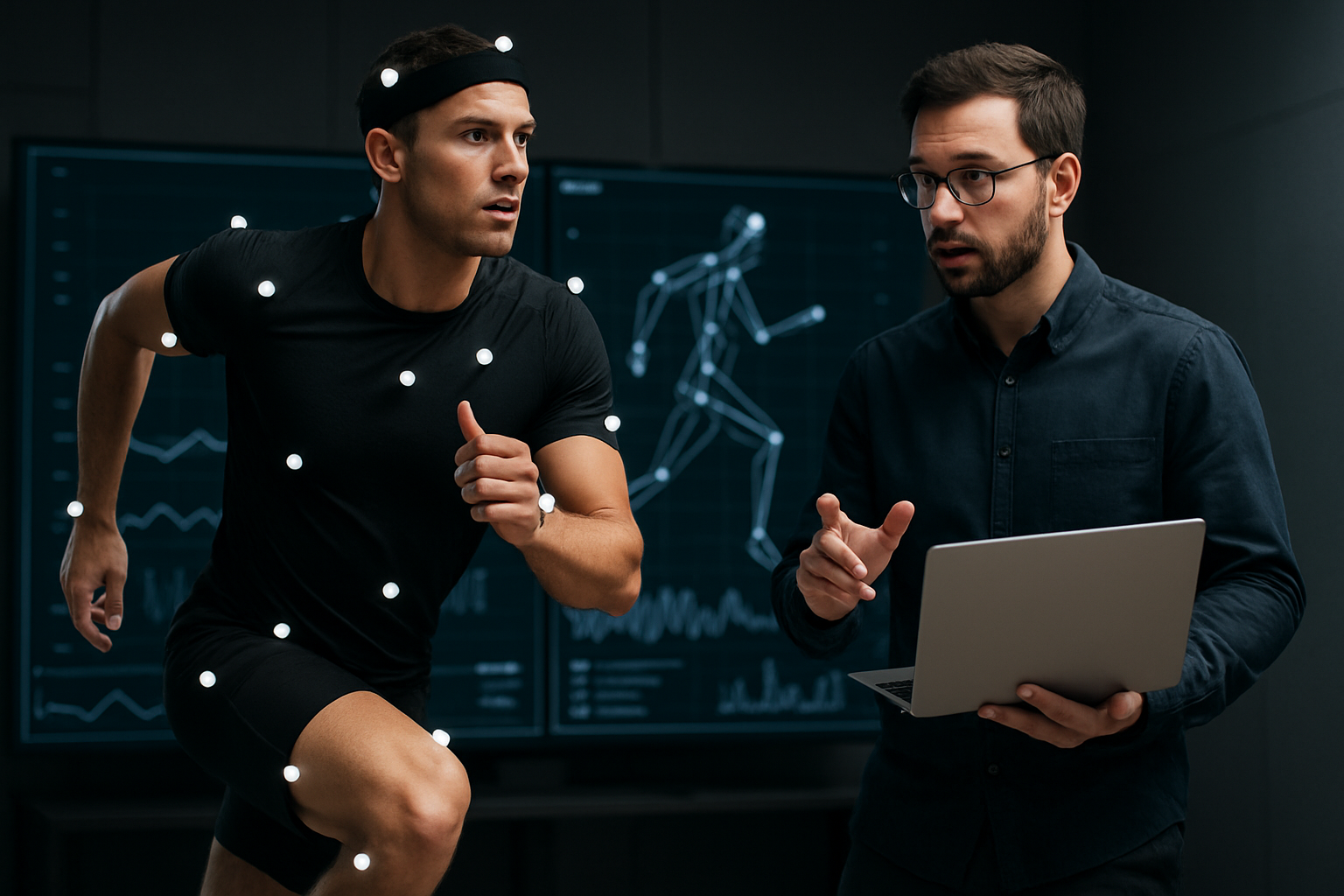Nutrition Protocols to Support Athlete Recovery Cycles
Effective nutrition protocols are central to helping athletes recover between training cycles, matches, and tournaments. This teaser outlines practical approaches that integrate timing, macronutrient balance, hydration, and monitoring tools so coaches and athletes can optimize recovery windows and maintain consistent performance.

Recovering well between training blocks and competitions is as important as the session itself. Nutrition protocols that prioritize nutrient timing, adequate energy availability, and targeted macronutrient composition help restore glycogen, repair muscle protein, and reduce inflammation. Recovery strategies should be individualized for sport demands, training load, travel schedules, and athlete physiology. Combining food-based approaches with monitoring tools supports consistent recovery cycles and helps maintain readiness for subsequent training or competition.
How does nutrition influence performance?
Nutrition underpins physiologic readiness: sufficient carbohydrates replenish glycogen stores for repeated high-intensity efforts, protein drives muscle repair and adaptation, and fats support longer-duration energy needs and hormonal balance. Micronutrients and fluid balance influence neuromuscular function and recovery speed. For many athletes, aligning daily energy intake with training load is crucial to avoid relative energy deficiency and impaired performance. Practical focus should be on meeting energy and protein targets while timing carbohydrate intake to match the intensity and duration of sessions, enhancing overall performance and recovery.
What to eat around training sessions?
Pre-training meals should supply easily digested carbohydrates and a moderate amount of protein to fuel sessions and limit muscle breakdown. Post-training recovery meals aim to restore glycogen and initiate muscle repair; a common guideline is to include 20–40 g of high-quality protein and 0.5–1.2 g/kg of carbohydrate within the first one to two hours after exercise, depending on session intensity. Hydration with electrolyte-containing fluids during and after exercise supports performance and thermoregulation. Small, practical snack options work well for athletes with limited post-session appetite.
How to structure recovery-focused meals?
Balanced recovery meals combine carbohydrate sources (whole grains, starchy vegetables, fruits), lean protein (dairy, eggs, poultry, plant-based alternatives), healthy fats, and colorful vegetables for antioxidants. Timing is important: spacing protein evenly across meals—20–40 g per sitting—supports muscle protein synthesis. Anti-inflammatory foods such as oily fish, nuts, and berries can be included to support recovery without relying solely on supplements. Meal planning that adapts to travel and competition schedules helps maintain consistency across training cycles and reduces the risk of energy shortfalls.
How can wearables and analytics guide recovery?
Wearables and analytics provide objective data on workload, sleep, heart-rate variability, and movement patterns. Integrating this information with nutrition plans allows practitioners to match energy and recovery needs to actual fatigue and training stress. For example, a period of elevated training load detected by analytics may justify increased carbohydrate intake and greater emphasis on sleep and protein distribution. Wearables are tools to inform decisions, not replacements for individualized nutritional assessment, and should be used alongside athlete feedback and clinical judgment.
How does nutrition affect safety and injury risk?
Adequate energy, protein, vitamin D, calcium, and iron are foundational to bone health, tissue repair, and immune function. Chronic underfueling or insufficient nutrient intake can increase risk of overuse injuries and impair rehabilitation. During recovery from injury, higher protein intake and appropriate energy provision support tissue repair, while targeted micronutrient monitoring helps address deficiencies that can delay healing. Nutrition strategies that prioritize safety include maintaining body composition for load tolerance and ensuring consistent fueling during phased return-to-play programs.
How can nutrition-related strategies engage fans and stakeholders?
Nutrition can intersect with broadcasting, sponsorship, and grassroots initiatives in ways that promote athlete health and audience education. Simple, evidence-based messaging about hydration, balanced meals, and recovery habits resonates with fans and community programs. Partnerships with foodservice providers and sponsors can support access to nutritious options at events and training facilities, and ticketing or club communications can incorporate resources on healthy eating. Clear, factual content fosters community-level adoption of recovery practices while protecting athlete welfare and credibility.
Recovering across training cycles requires a systematic approach that combines appropriate calorie and macronutrient intake, strategic timing, hydration, and monitoring. Practical meal planning, even under travel or competition constraints, supports glycogen restoration and muscle repair. Wearables and analytics can refine timing and quantity of intake, while attention to safety-related nutrients reduces injury risk. Integrating these elements into consistent protocols helps athletes sustain performance across seasons and competitions.





